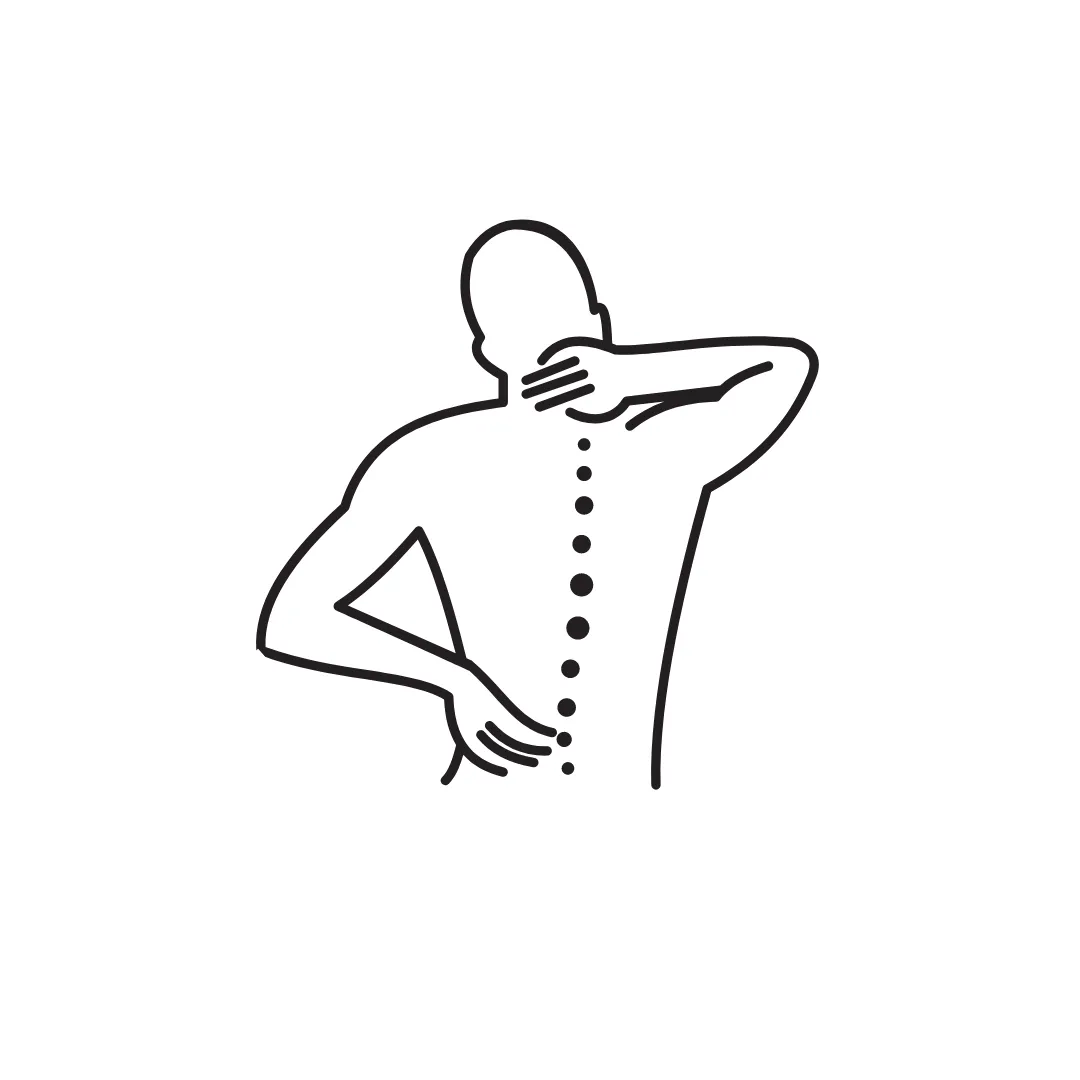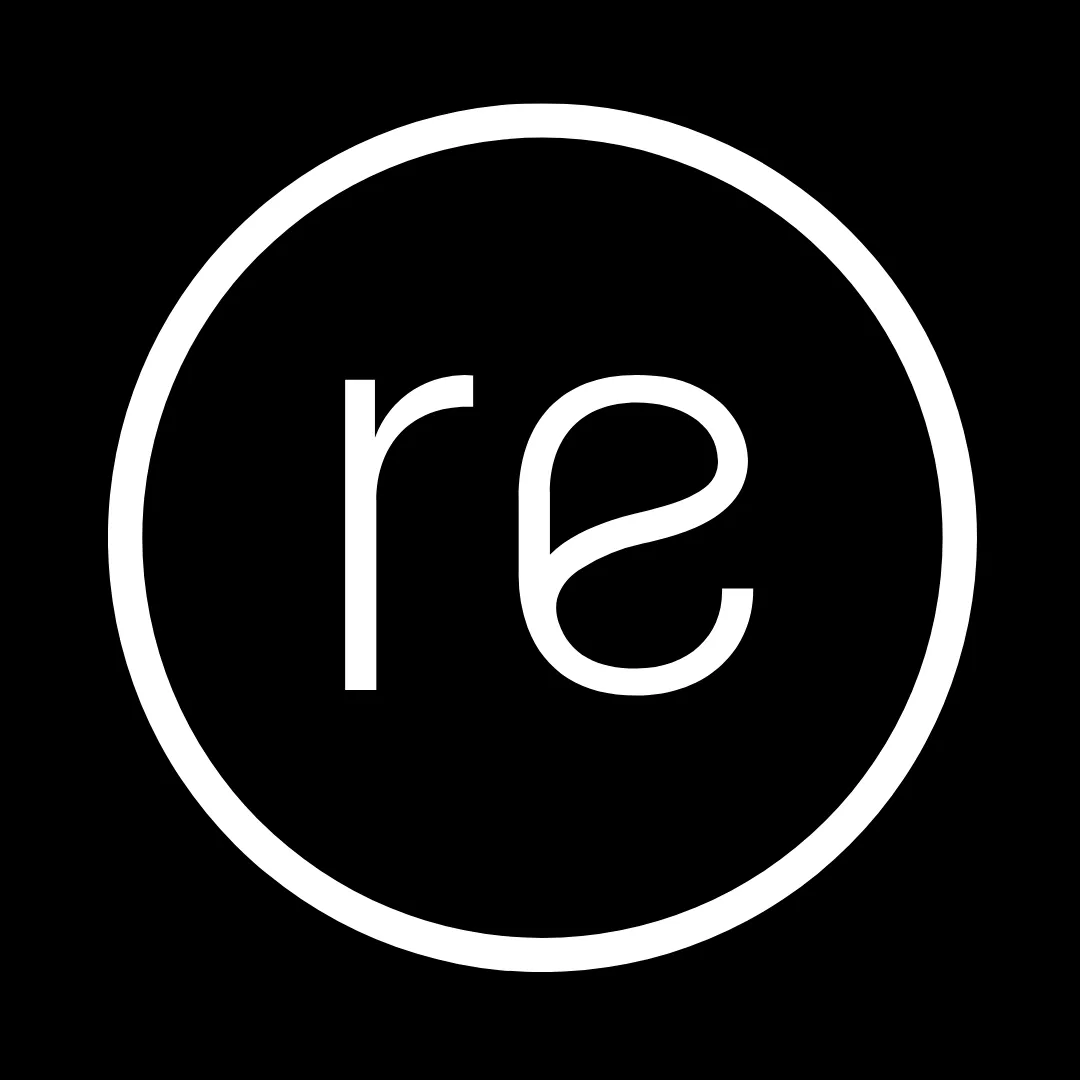restore at Reform
Physiotherapy
Physiotherapy:
60min First Consult $165
45min Return Consult $140
Feel better faster - get started now
Physiotherapy is the treatment of your body’s complex network of bones, joints, muscles, tendons, ligaments and cartilage, to restore pain-free movement and function.
Our clinicians offer a combination of evidence-based exercise therapy and manual therapy techniques to help with the rehabilitation and treatment of sports injuries, back and neck pain, knee and hip pain, shoulder pain, headaches, pre- and post-operative rehabilitation, and various other muscular, ligament and joint injuries.
By undertaking detailed orthopaedic tests and assessments, we can help diagnose your underlying cause of pain and dysfunction, and prescribe a personalised treatment plan to improve bodily movement and function, reduce pain and stiffness, as well as prevent future injuries or recurrences.
Therapies are in part covered by most private health funds
How will I benefit?
Our practitioners can assist you with
- Injury rehabilitation
- Sports recovery and performance
- Back and neck pain
- Hip and groin pain
- Knee pain
- Headaches and migraines
- Tennis and Golfer's elbow
- Muscle, joint and ligament injuries
- Pre and post-surgery rehabilitation
- Injury prevention
What is the cost?
We are transparent with our pricing
Physiotherapy:
First Consultation 60min $160
Return Consult 45min $135
How do I get started?
Get started with a single booking
If you have never seen our practitioners before you will first need to book in for a First Consultation which will include a thorough case history and examination of your health concerns.
This examination may involve passive/active ranges of movement, strength testing, orthopaedic and neurological testing, functional testing and postural assessments.
Your practitioner will then aim to diagnose your source of pain and prescribe a tailored treatment and management plan.
Please make sure you read our policies and therapy disclosures before you get started.
Physiotherapy vs Osteopathy - What's the difference?
Find the best treatment for you
Physiotherapy and Osteopathy are types of musculoskeletal therapy that aim to improve mobility, reduce and eliminate pain, rehabilitate injuries and prevent future injuries or recurrences.
Both professions are equally qualified, requiring undergraduate degrees at university, and are registered under the Australian Health Practitioner Regulation of Australia (AHPRA).
Physiotherapists and Osteopaths can treat a range of similar conditions using manual therapy and exercise prescription, however their underlying origins and philosophies differ.
Physiotherapy started in the 1800s, but modern practices began to develop towards the start of the 20th century. In response to those suffering from polio, medical professionals realised that performing exercises, moving parts of the body through specific motions, and even using hydrotherapy could help support the body in its recovery process while strengthening muscles and healing joints. These basic principles continue to this day.
Physiotherapy places special importance on exercise, and techniques focus on building muscle and improving your musculoskeletal condition through movement, massage, and exercises rather than relying on drugs or invasive surgeries.
Osteopathy started in Missouri, USA in the late 1800s. Its philosophy was that the body is designed to heal itself, and that the body, mind and spirit are interconnected. Because of these origins and philosophies, the practice specialises in physical
manipulation of the body through massage, stretching, articulation and high-velocity thrusts.
Osteopathy is often defined as a “holistic approach” to healing the body, however, it’s important to note that a patient’s overall health in physical, mental, and social circumstances are taken into account by all medical professionals in the modern era of medicine.
While each individual practitioner will have their own unique style and preferred method of treatment, generally speaking, an Osteopath will use more hands-on manual therapy, while a Physiotherapist will use primarily exercise.
When it comes to deciding on the best practice for you, take into account your injury and personal preferences. You may find that one profession is better suited for treating your particular injury based on techniques and focus, or you may prefer a more hands-on or exercise-focused approach.
If you’re still unsure, speak with your primary healthcare professional, or send us an enquiry.
Sports Physiotherapy
Injury and Pain Management
Joint Mobilisations
Treatments for Joint Dysfunctions
Exercise Prescription
Evidence-based movement
Neuro-Musculoskeletal Therapy
Assessment and Management
Strength and Conditioning
Injury Recovery and Prevention
Pre & Post-Operative Rehab
Surgery preparation and recovery
Physiotherapy
Therapies are in part covered by most private health funds

First Consultation
Aarvi Sandhu
60min | $165

Return Consultation
Aarvi Sandhu
45min | $140
If you’re tired of being injured and in pain, we can help.
Neuro-Musculoskeletal Therapy
Extensive, targeted and specific treatment
'Neuro-musculoskeletal therapy' is a broad term given to the treatment of various conditions, most commonly neck and back pain but also hip, shoulder and limb pain, fibromyalgia, radicular pain and other neuropathic pain conditions, such as, joint pain, headaches, and migraines, postural disorders and degrative spine conditions among many other chronic or persistent pain issues.

Mon-Fri 9-7 / Sat 10-1 (By Appointment)
Copyright 2025 - All rights reserved